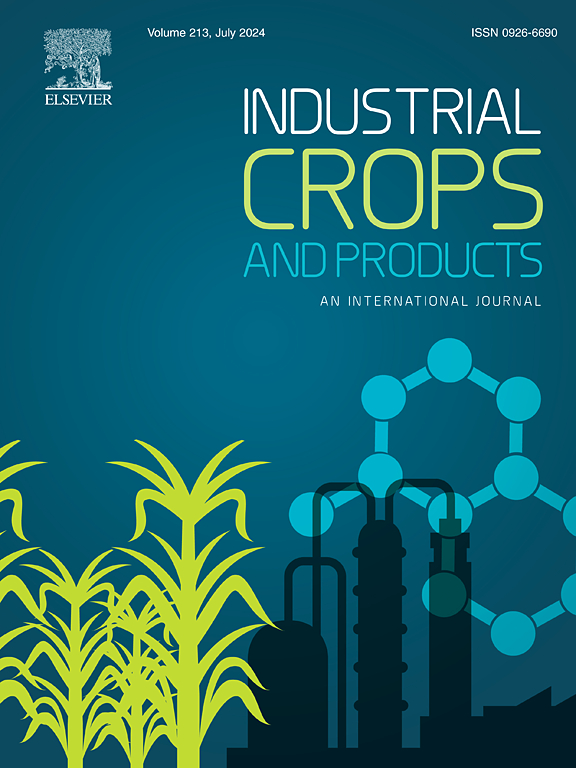采用盒-贝肯设计制备芦荟叶皮提取物负载精油纳米乳剂的抗增殖活性
IF 5.6
1区 农林科学
Q1 AGRICULTURAL ENGINEERING
引用次数: 0
摘要
本文章由计算机程序翻译,如有差异,请以英文原文为准。

Antiproliferative activity of prepared Aloe vera leaf skin extract-loaded essential oil nanoemulsions using Box-Behnken design
Aloe vera is being cultivated worldwide for its vast industrial applications in the pharmaceutical, cosmeceutical, and food sectors. In this work, the skin leaves of Aloe vera plant were used to extract bioactive components and load them into Satureja khuzistanica essential oil nanoemulsions (AvE-SKEO NE) to enhance delivery and cytotoxic effects against hepatocellular carcinoma (HepG2 cells). Box-Behnken response surface methodology (RSM) was used to optimize AvE-SKEO NE regarding particle size and PDI. Dynamic light scattering (DLS) and Transmission electron microscopy (TEM) were used to characterize the nanoemulsion. The nanoformulations with the minimum and maximum particle size (150 and 290 nm) and AvE content (2.5 and 5 mg) were screened for cytotoxicity activity against HepG2 cells. The results showed that the nanoformulations with minimum particle size and maximum AvE content showed the best cytotoxicity with IC50 of 26.09 ± 2.46 µg/mL. Based on these results, the optimum formulation with the mean particle size of 169.08 ± 12.22 nm and AvE content of 5 mg was formulated and characterized. The optimal formulation's cytotoxicity decreased to 22.54 ± 5.16 µg/mL, which was only about two times lower than that of the well-known anticancer drug cisplatin (IC50=12.00 ± 1.20 µg/mL). The stability of the optimized formulation was approved over 6 months, with no significant particle size changes. The results highlight the importance of Aloe vera to be explored as a new source for anticancer drug discovery using nanotechnology approaches.
求助全文
通过发布文献求助,成功后即可免费获取论文全文。
去求助
来源期刊

Industrial Crops and Products
农林科学-农业工程
CiteScore
9.50
自引率
8.50%
发文量
1518
审稿时长
43 days
期刊介绍:
Industrial Crops and Products is an International Journal publishing academic and industrial research on industrial (defined as non-food/non-feed) crops and products. Papers concern both crop-oriented and bio-based materials from crops-oriented research, and should be of interest to an international audience, hypothesis driven, and where comparisons are made statistics performed.
 求助内容:
求助内容: 应助结果提醒方式:
应助结果提醒方式:


